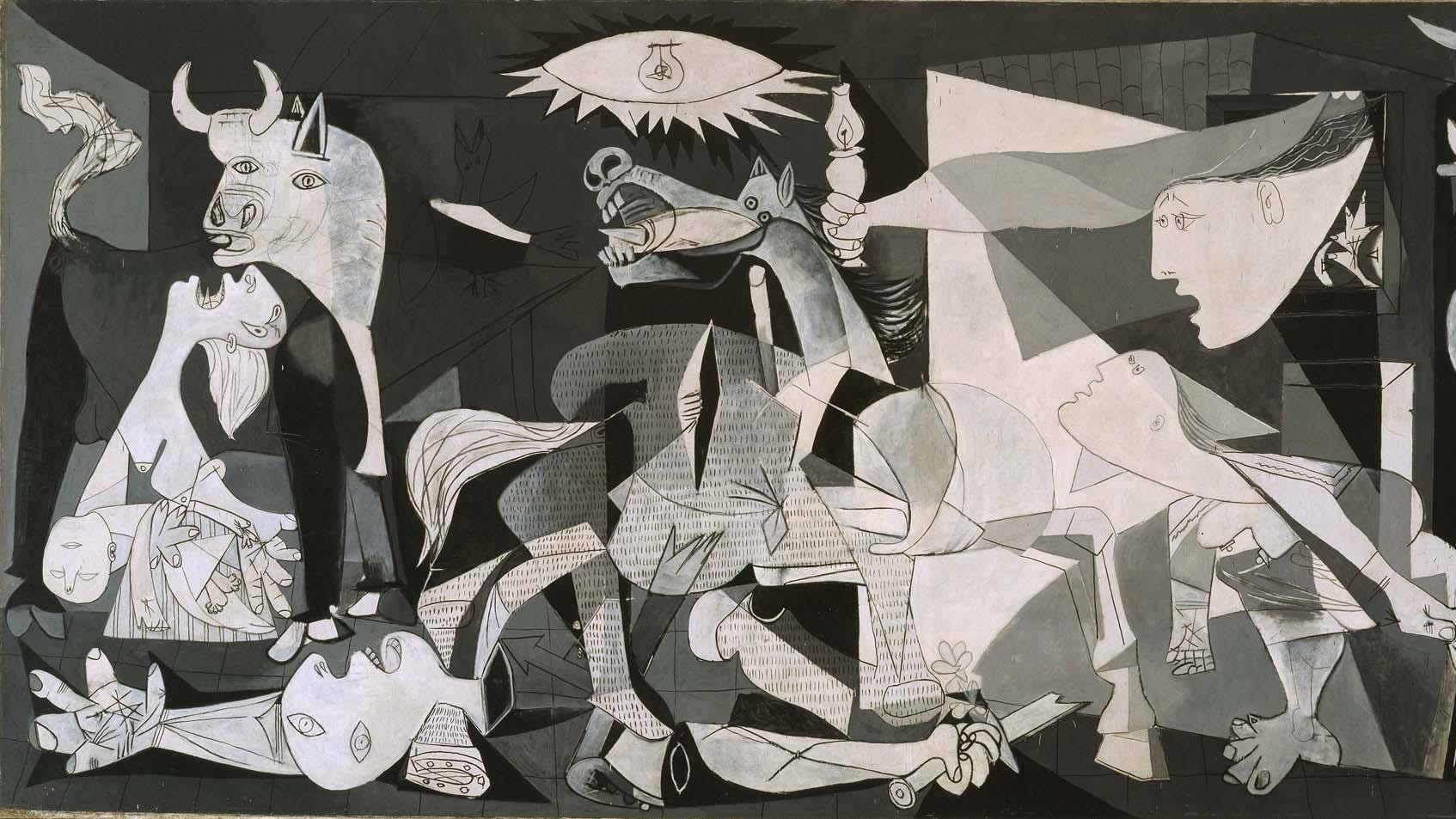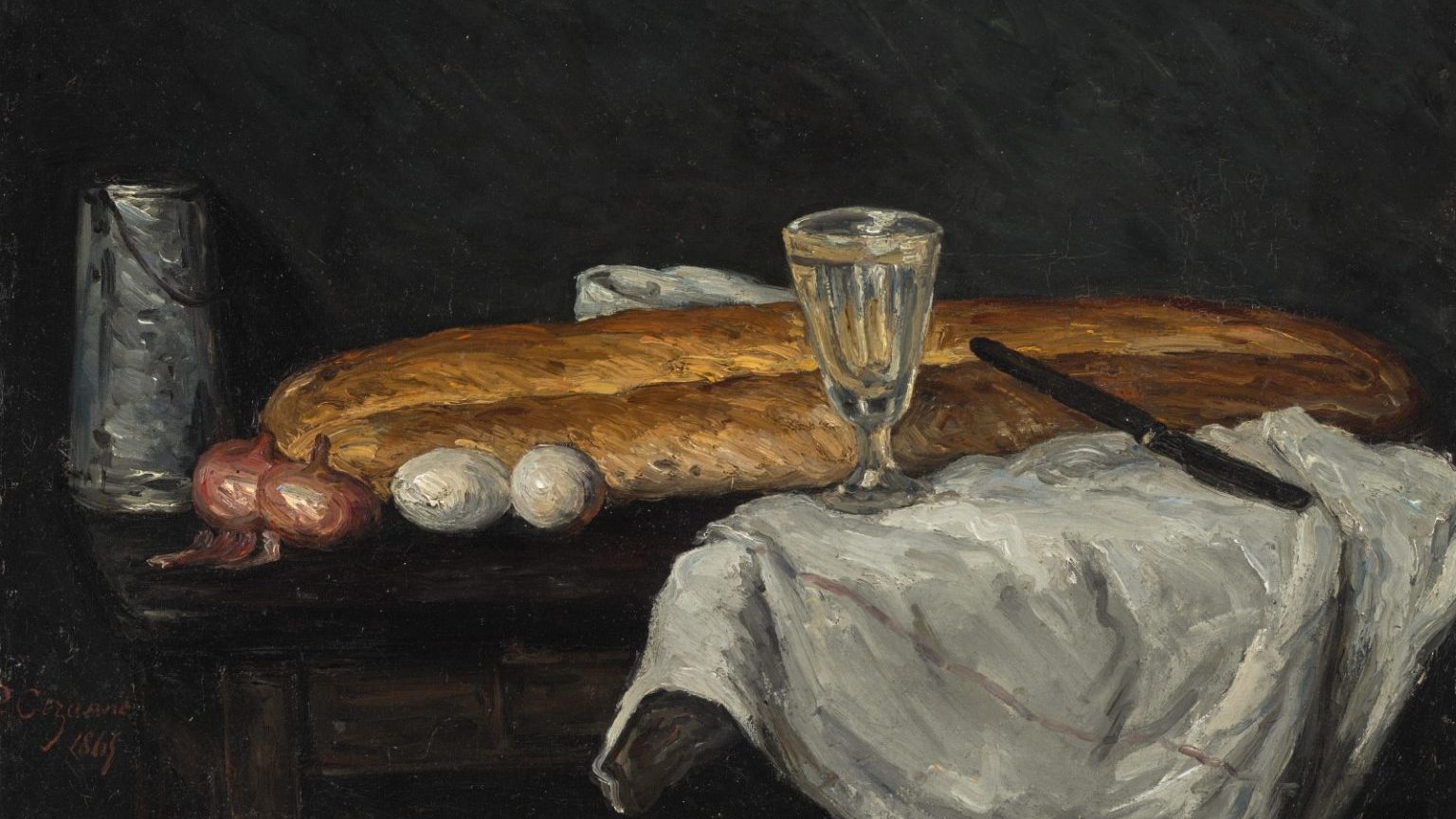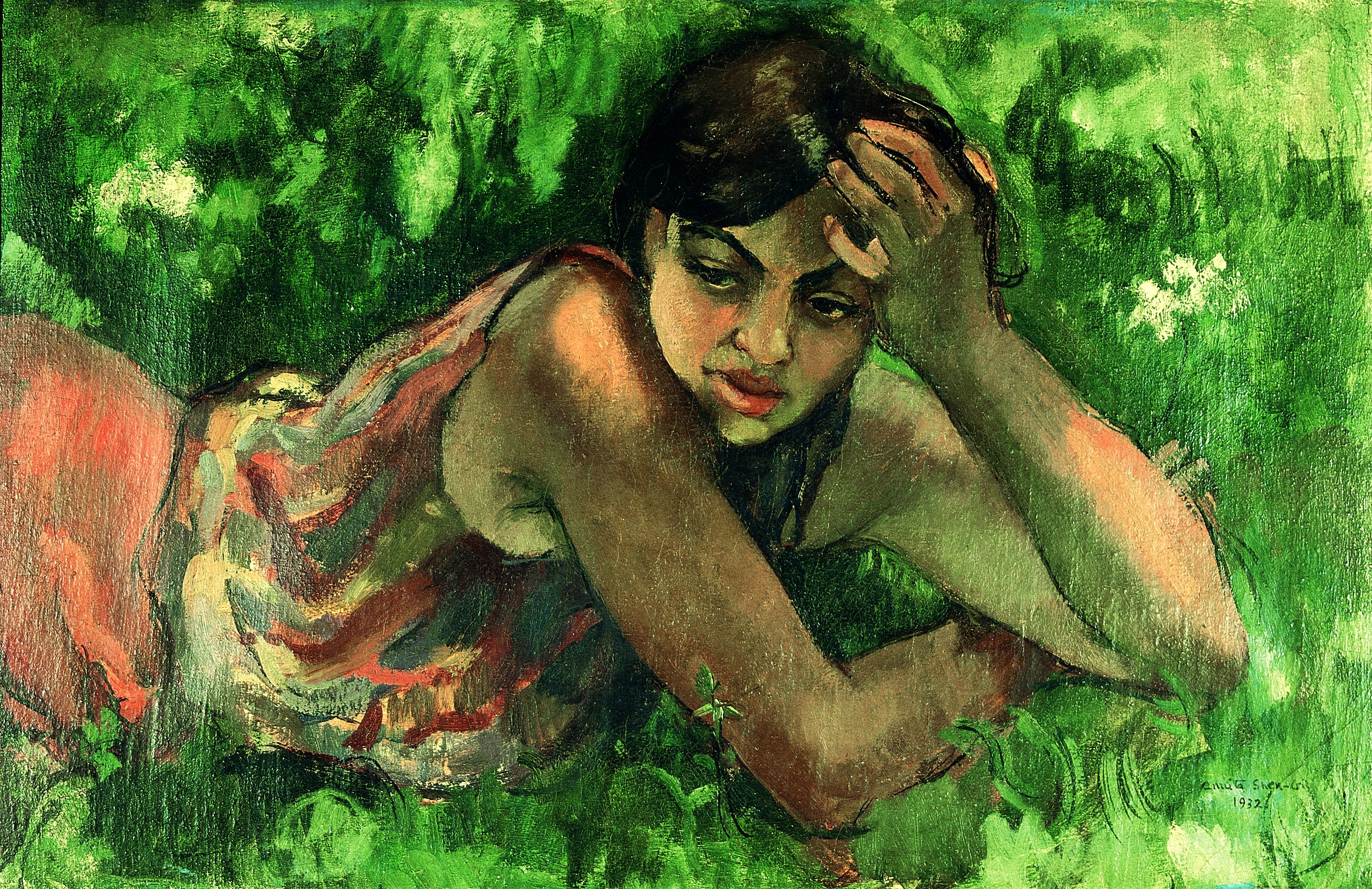Showing Off: Picasso in The Metropolitan Museum of Art

Just as the Philadelphia Museum of Art set to close its showcase of in-house Picassos in Picasso and the Avant-Garde in Paris, The Metropolitan Museum of Art revved up their exhibition machinery to present their in-house collection of the great artist— Picasso in The Metropolitan Museum of Art. Thus, the spring of Pablo continues into a summer of Pablo for those who live in the Tri-State Area. The story of these exhibitions is as much the story of the museums themselves as it is of the artist. Walking through Picasso in The Metropolitan Museum of Art gives you a tour of how that great survey museum of the past adapted to embrace the great master of the twentieth century.
“Unlike the much larger and well-balanced collection of the artist’s work at the Museum of Modern Art, which was nurtured by three generations of curators and donors and is unquestionably the most comprehensive anywhere, the Metropolitan’s collection developed by happenstance rather than by design,” writes Gary Tinterow in the introduction to the catalogue. “The result is that it is strongly skewed toward Picasso’s early work—especially the Blue and Rose Periods—as well as paintings, pastels, and drawings in his neoclassical style of the early 1920s.” Bryson Burroughs, the Met’s major tastemaker before World War II, and Theodore Rousseau, Jr., the major tastemaker after the war, fell in love early on with the sweetness of Picasso’s neoclassicism of these early years, helping ease the Spaniard’s entry into the collection. However, almost all of those works ultimately found their way to the Met thanks in some way to the efforts of Gertrude and Leo Stein, Picasso’s first and most influential champions. “Although Gertrude Stein gave but one painting to the Museum,” her (in)famous portrait by Picasso, Tinterow writes, “she can be held responsible for many more.”
Among the Stein-influenced second-tier collectors of Picasso was Scofield Thayer, who sought to publish the best modern writers (Ezra Pound, T.S. Eliot, e.e. cummings, and others) in his journal, The Dial, as well as to collect the best modern artists. Thayer focused on collecting Picasso’s drawings, pastels, and watercolors, which he could reproduce in his journal to accompany the latest cutting-edge literature.
In the late 1990s, Klaus and Dolly Perls donated six paintings by Picasso, perhaps the finest being The Dreamer (shown) from 1932. Thanks to these varied collectors connecting with different periods of the Protean Picasso, the Met’s collection gives a one-stop shopping opportunity to see every facet of the gem that is Picasso’s progress.
The numbers associated with this show astound: 300 total works, including 34 paintings, 58 drawings, a dozen sculptures and ceramics, and some 200 prints (nearly half of the Met’s collection of 400), all acquired over the past six decades. The opportunity to view so many works on paper that rarely see the light of day alone makes this a show worth seeing. The numbers astound, yet, if anyone does, certainly Picasso deserves coverage on such a scale, which perhaps only the Met can provide.
Not content to just show off their collection, the Met did its homework leading up to the show. Every work in the collection underwent close scrutiny, including x-rays and infrared reflectography of several canvases. That research revealed underpaintings and revisions that give us a glimpse beneath the surfaces and literally into the mind of Picasso himself. Thus, the breadth and depth of Picasso in The Metropolitan Museum of Art mayredefine and refresh our idea of Picasso as well as our idea of the Met itself.
[Image: Pablo Picasso, The Dreamer, 1932. Oil on canvas. 39 7/8 x 36 3/4 in. (101.3 x 93.3 cm). The Metropolitan Museum of Art, The Mr. and Mrs. Klaus G. Perls Collection, 1997 (1997.149.4).]
[Many thanks to The Metropolitan Museum of Art for providing me with the image above and press materials for Picasso in The Metropolitan Museum of Art, which runs through August 1, 2010.]





